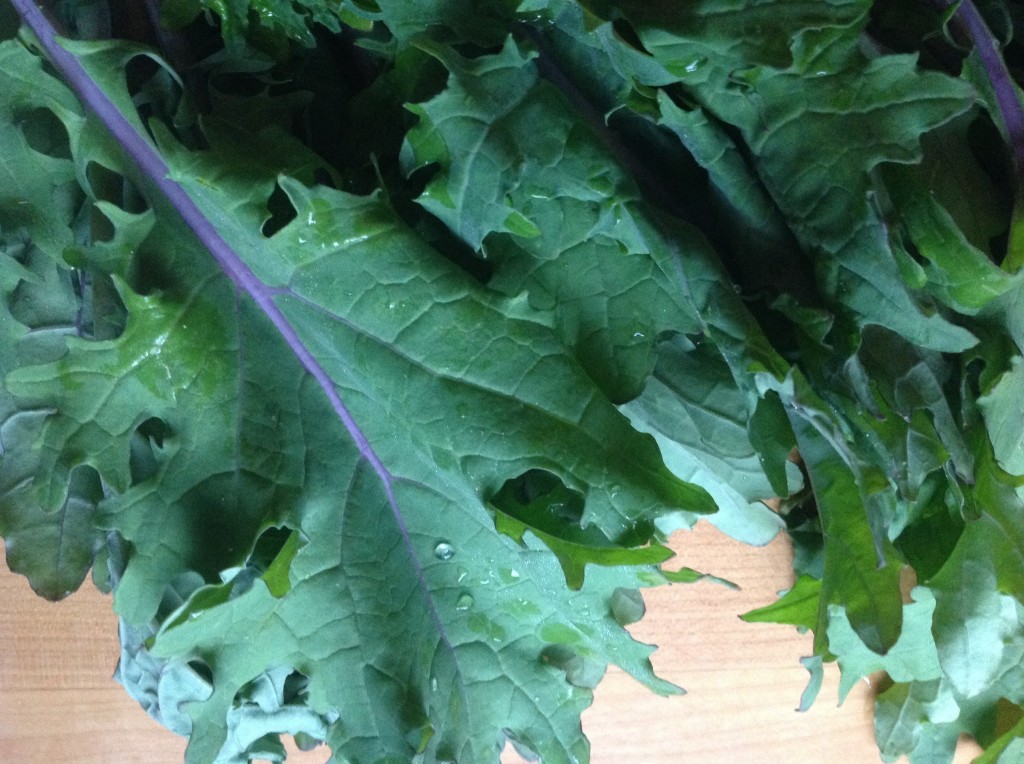Tuesday was the night I picked up my first box. Never been a member before so I did not know what to expect. But I arrived on time with about 10 other people and we walked into a room with about 50 boxes stacked on two tables.
“Pick a box, empty it into your bags, fold the box, and put it over there with the other boxes. It’s really easy.” And it was so I got home within 15 minutes with over 4 pounds of greens. Now that is what I call healthy. It’s also what I call work. Spinach, Baby Bok Choi, Lettuce Mix, Arugula and Red Kale to wash, trim, and eat before the next pick up.
That night I washed and trimmed enough lettuce and arugula to put together a large salad. Added tuna, some small cannelloni, some tomato, scallions, my own vinaigrette and served supper within 30 minutes. Last night was more time consuming. Sorting through the lettuce mix and arugula took some time but we have enough salad mix ready to go through Monday. For supper that night I steamed spinach to serve with a locally caught filet of summer flounder picked up on the way home from work.
Today I am going to think about the rest of the load. Kale chips are trendy, so I think I will give them a try. I mean how hard can it be? Kale, olive oil, salt, bake in slow oven till done. What else do I need to know?
The kale is much prettier than the chips. Paper-thin, darkened, crumpled so no before and after pictures posted. My technique needs some refinement, but the chips are edible and now I know for my next batch to use a little less oil. When I try something new I go for edible. Refinement can come later.
Now all that’s left is my baby bok. How does this sound: small piece of fish, ancient grains, shiitake, scallion, and the baby bok. Sounds like a plan to me.

